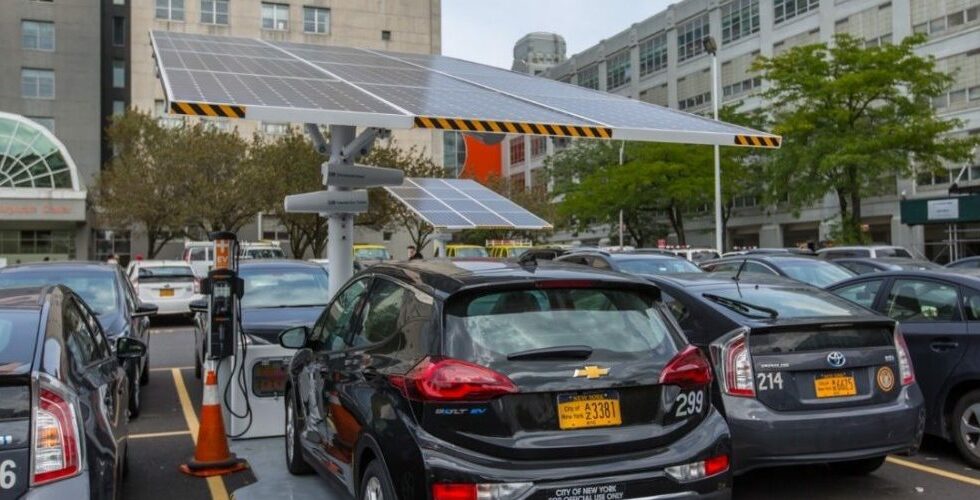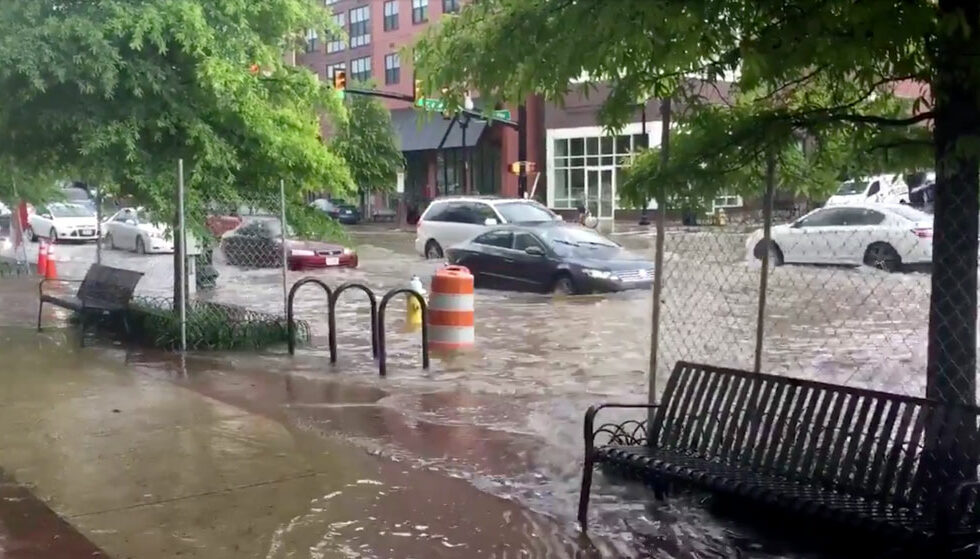Equitable Access To Residential (EQUATOR) EV Charging
The primary objective of this research project is to define quantifiable metrics that make it possible to adequately represent accessibility of EV charging infrastructure and to internalize these metrics in decision-support procedures and tools that are used by utilities and authorities to determine electricity rates (tariffs) and additional incentives to promote investments in EV charging infrastructure.




